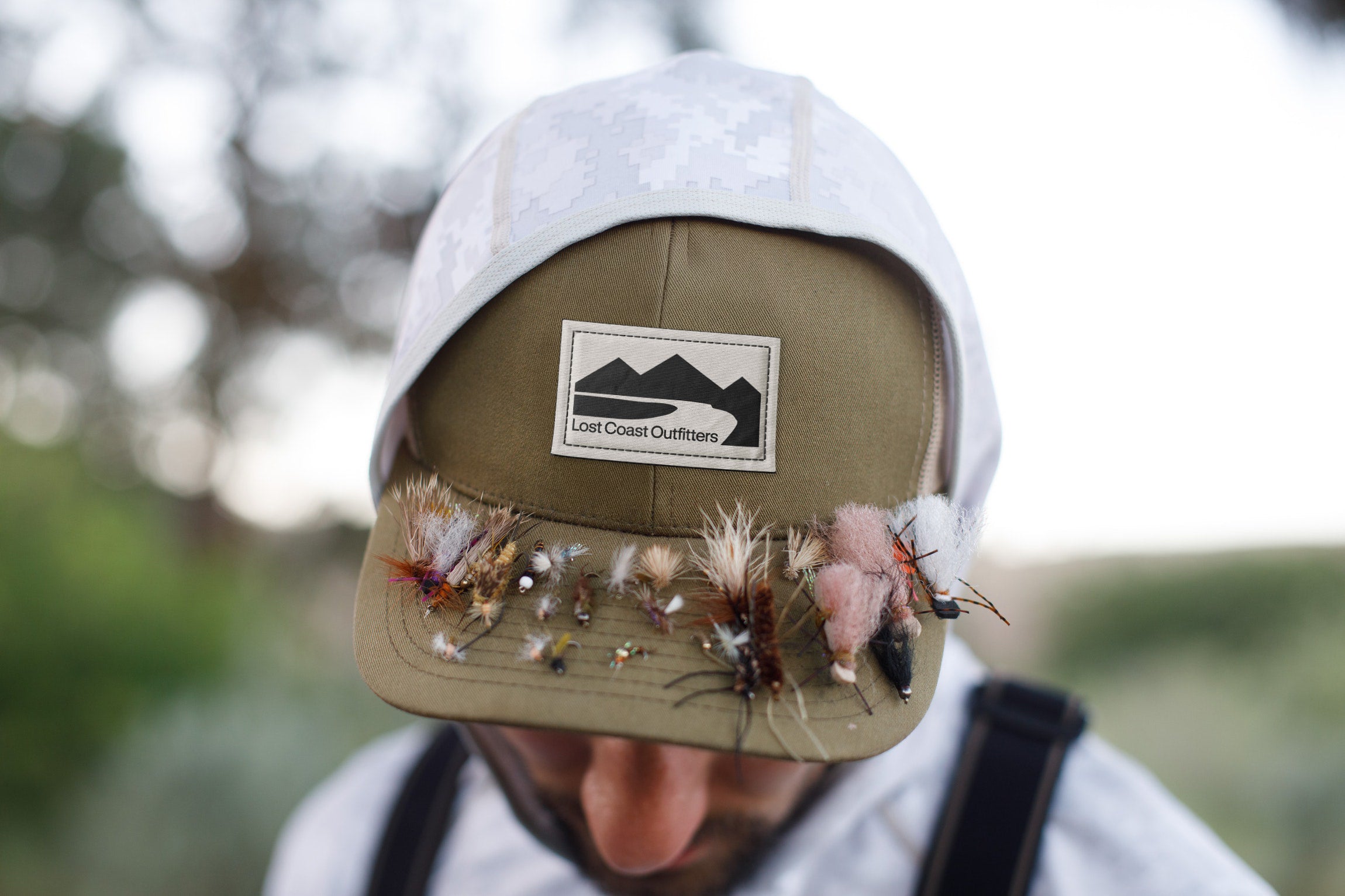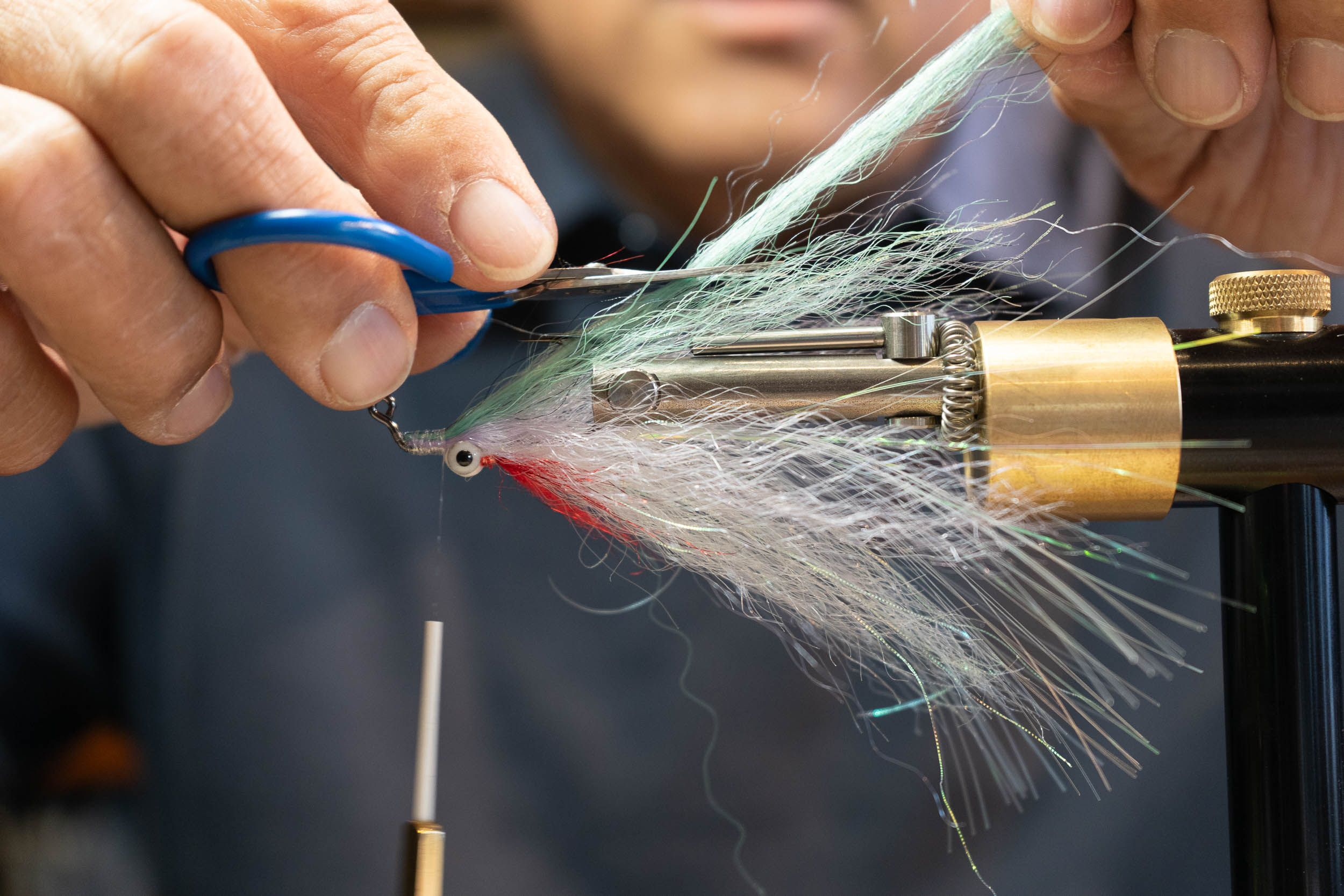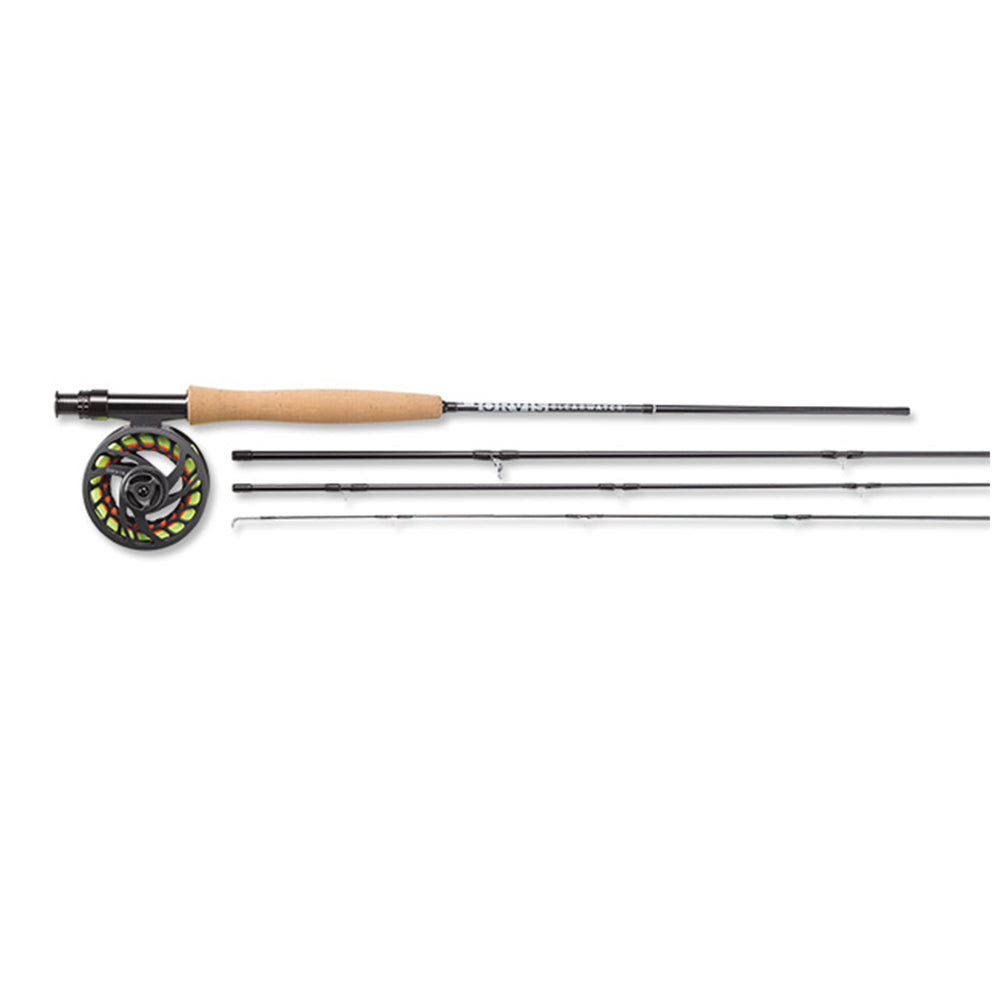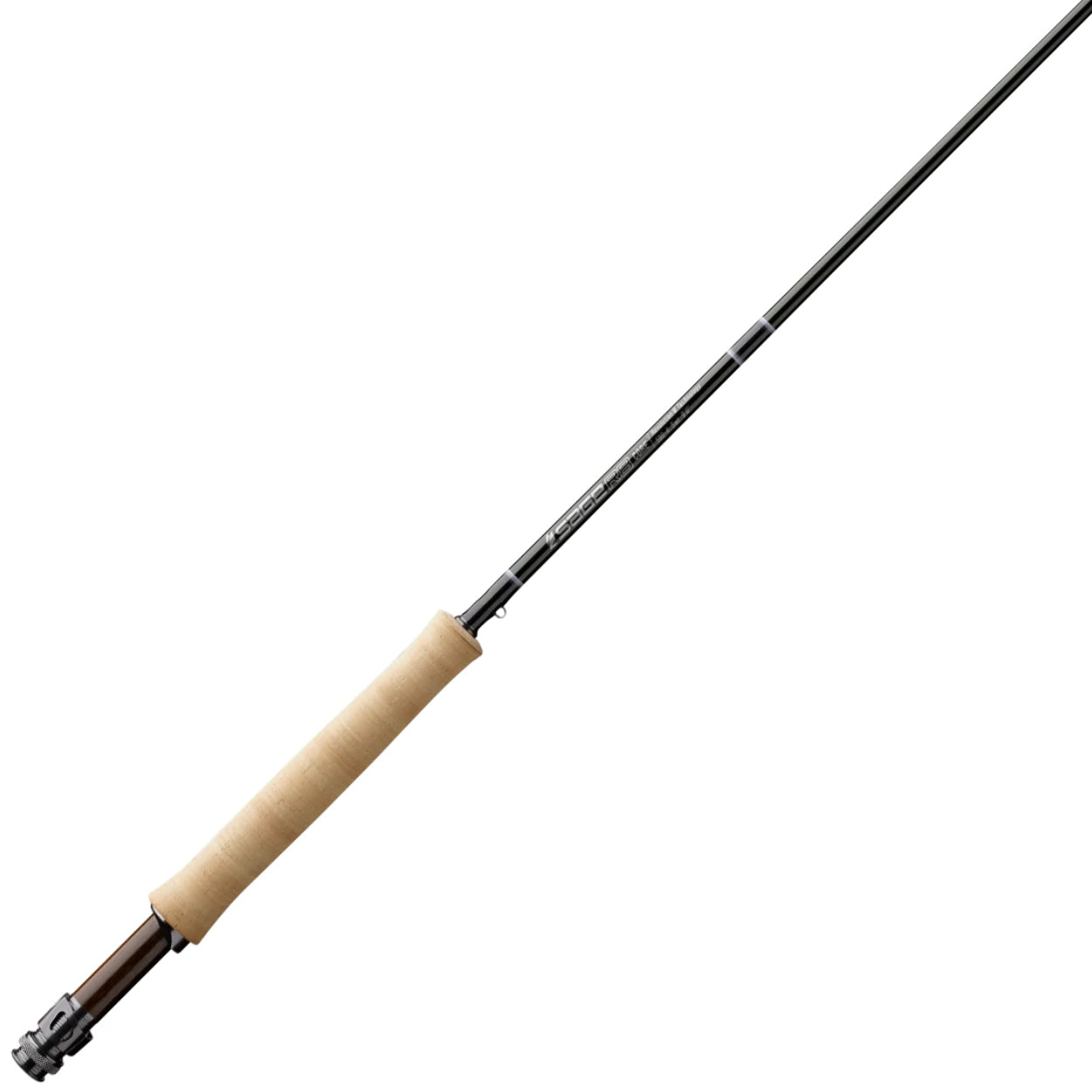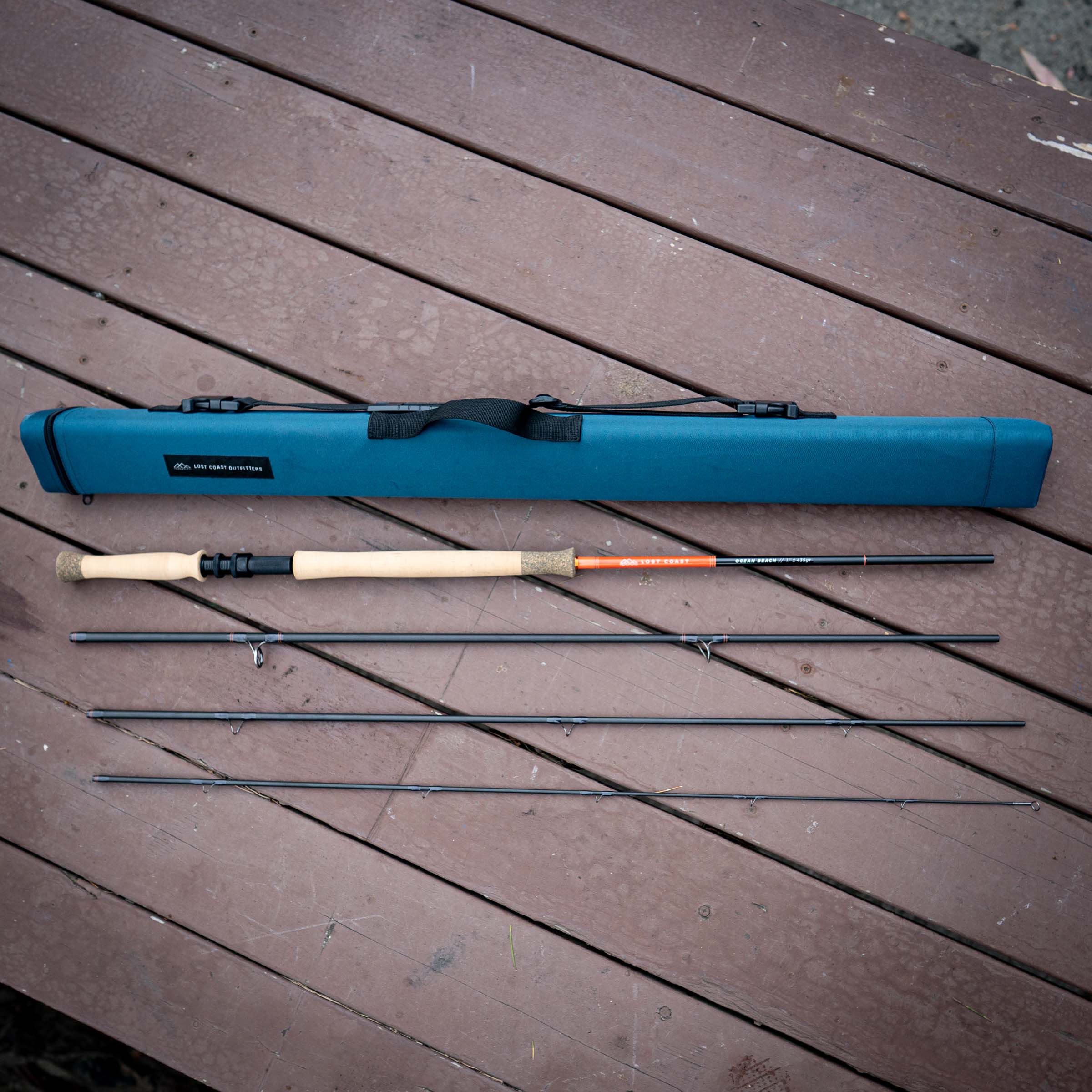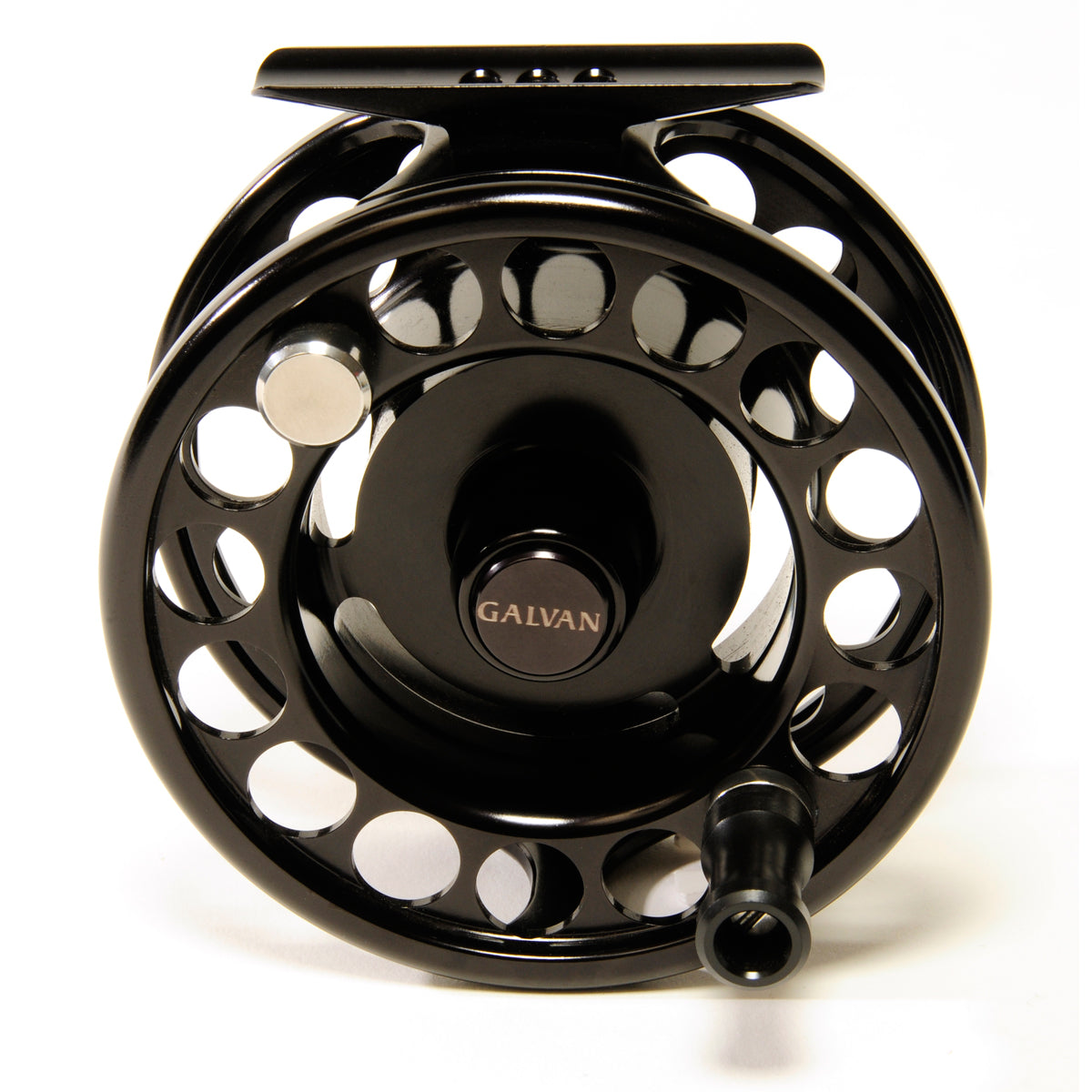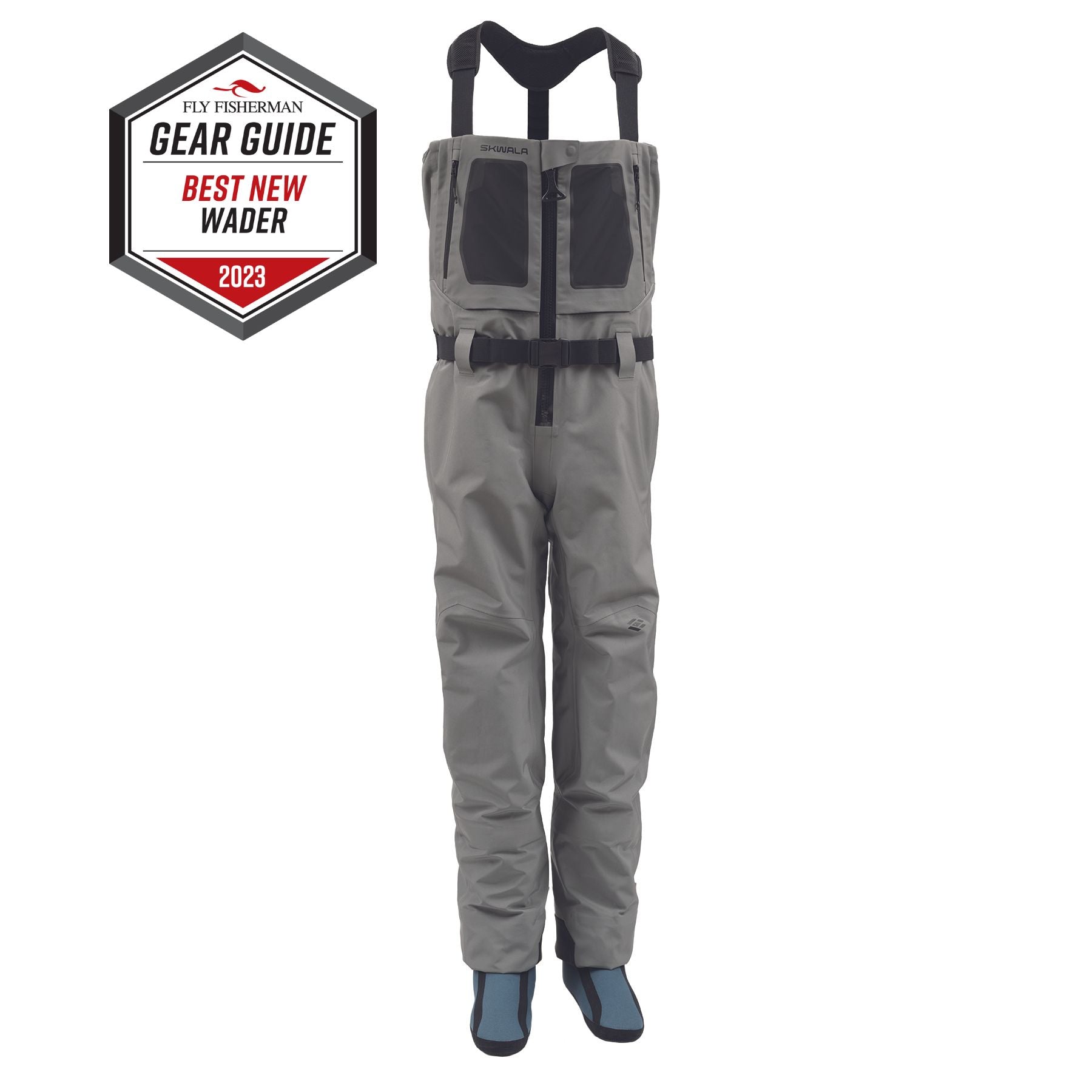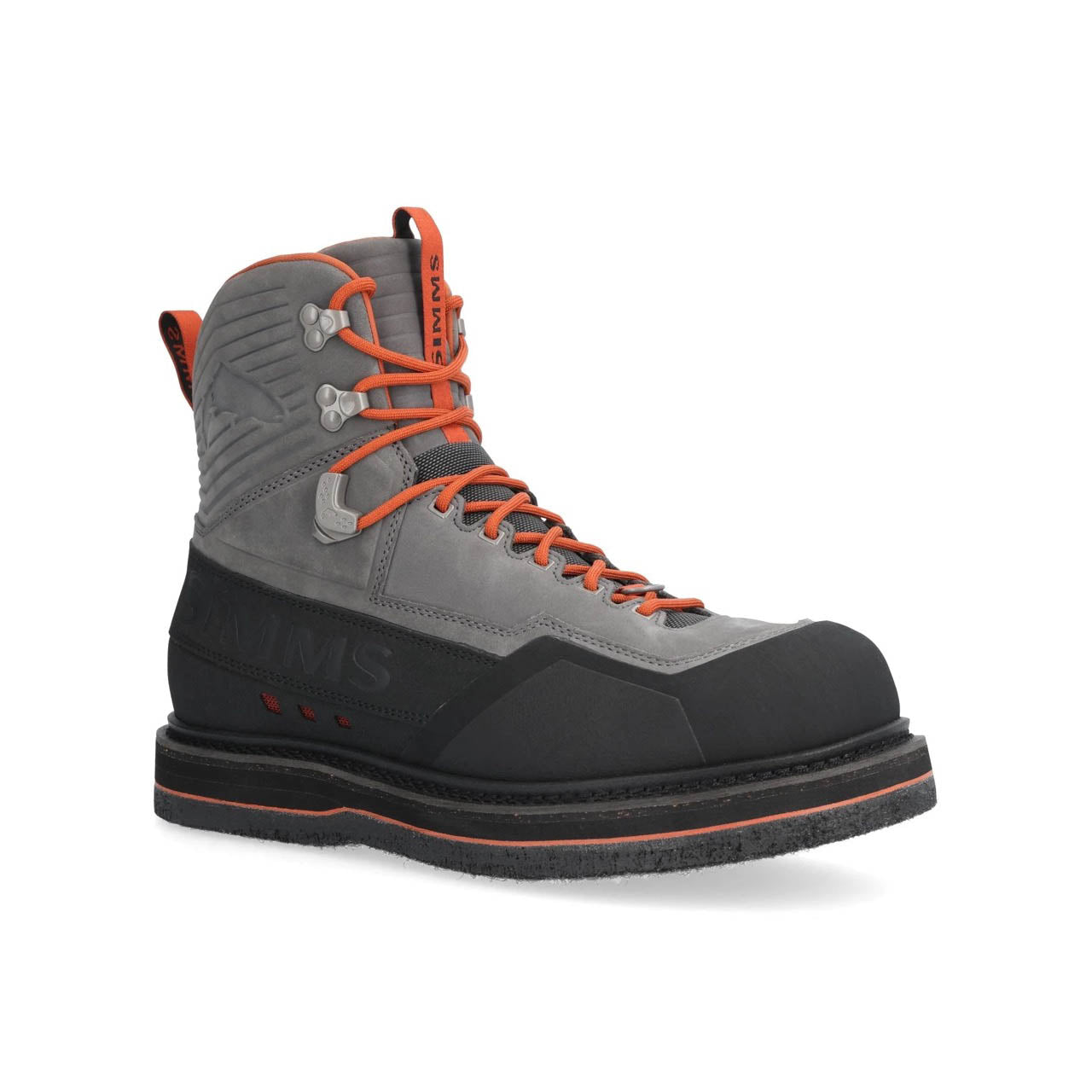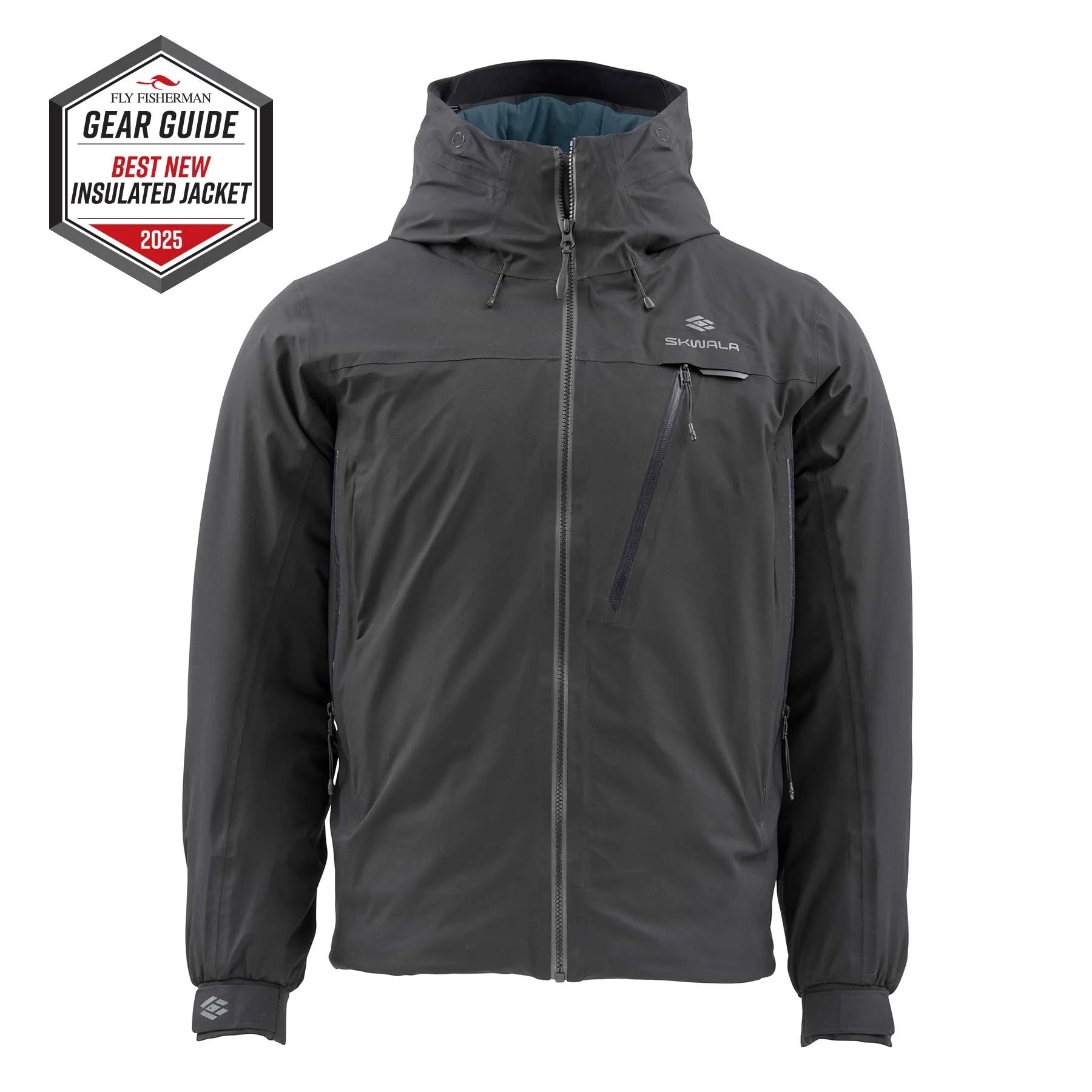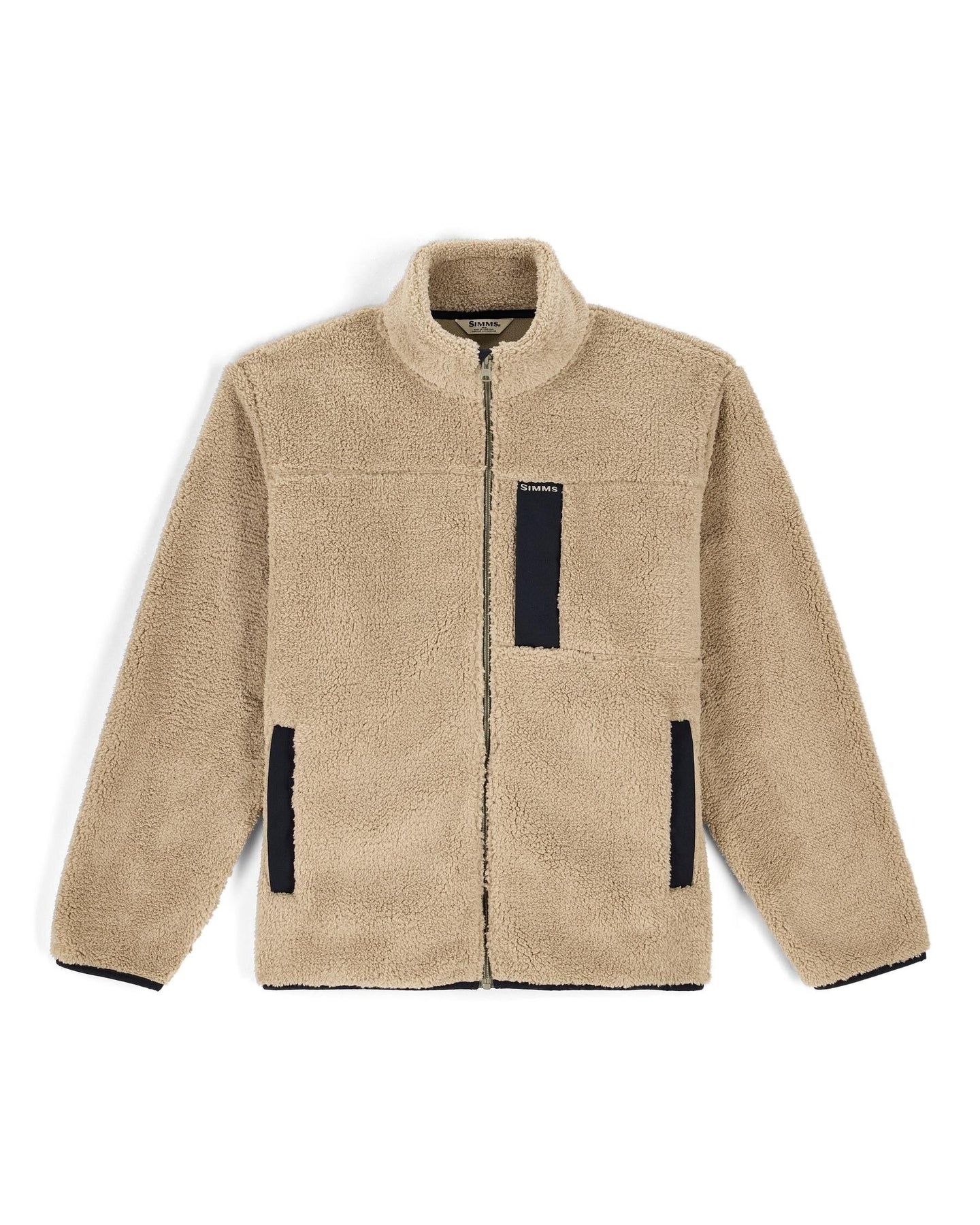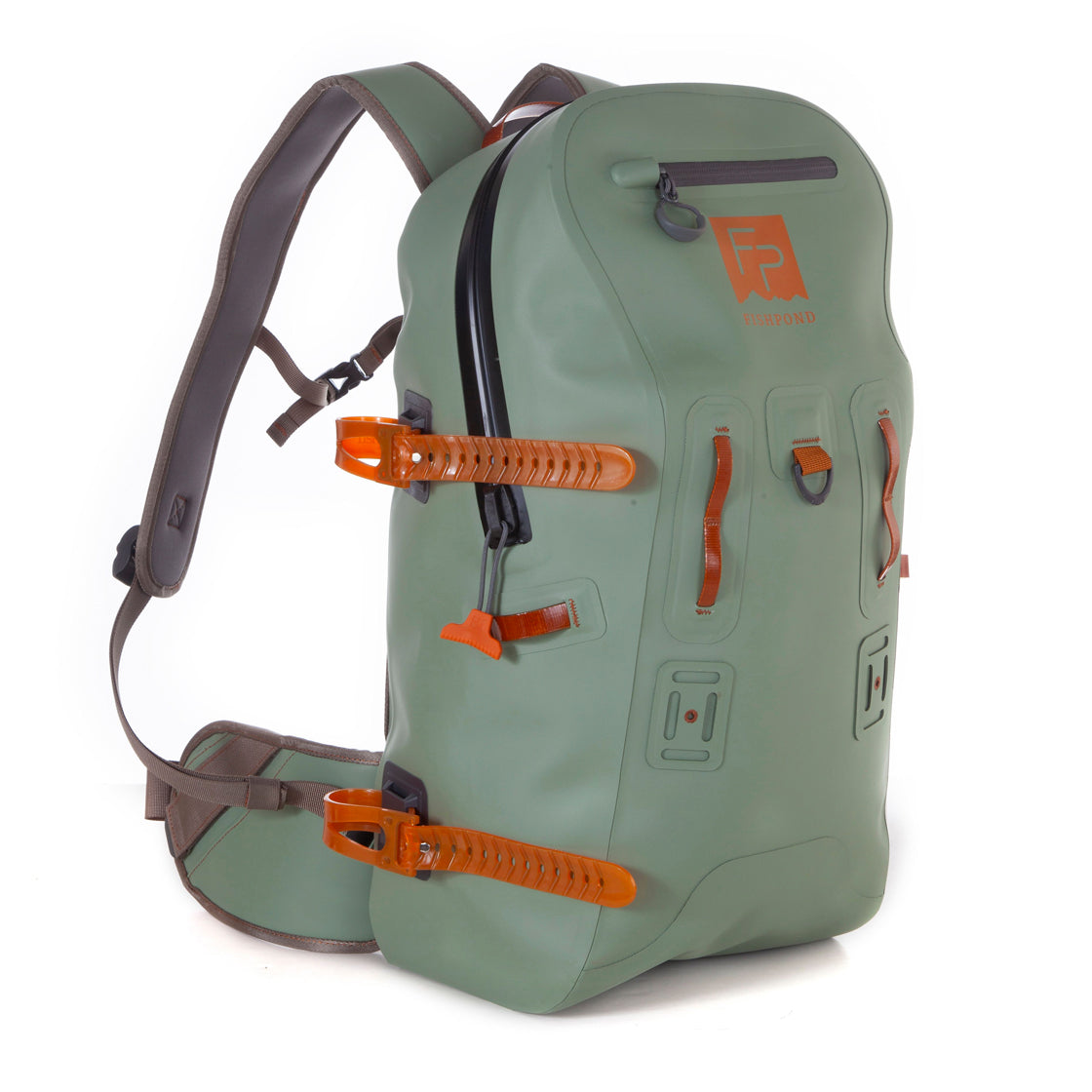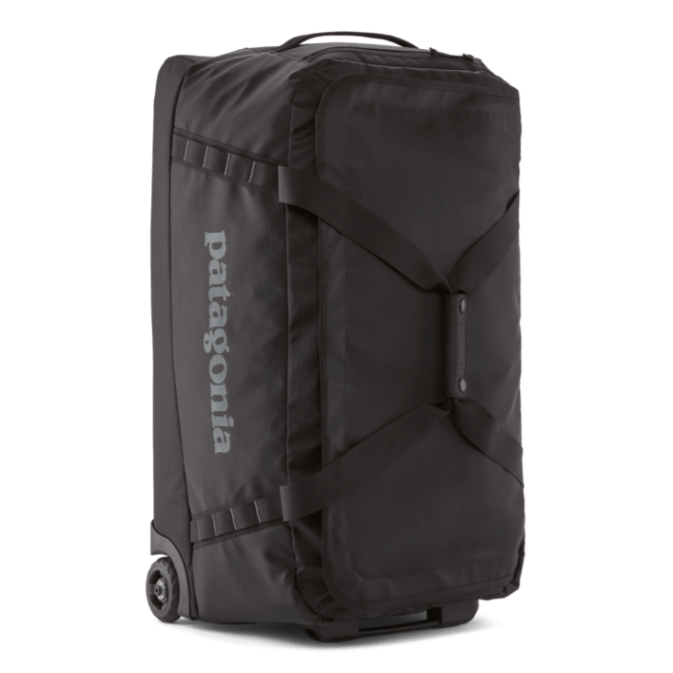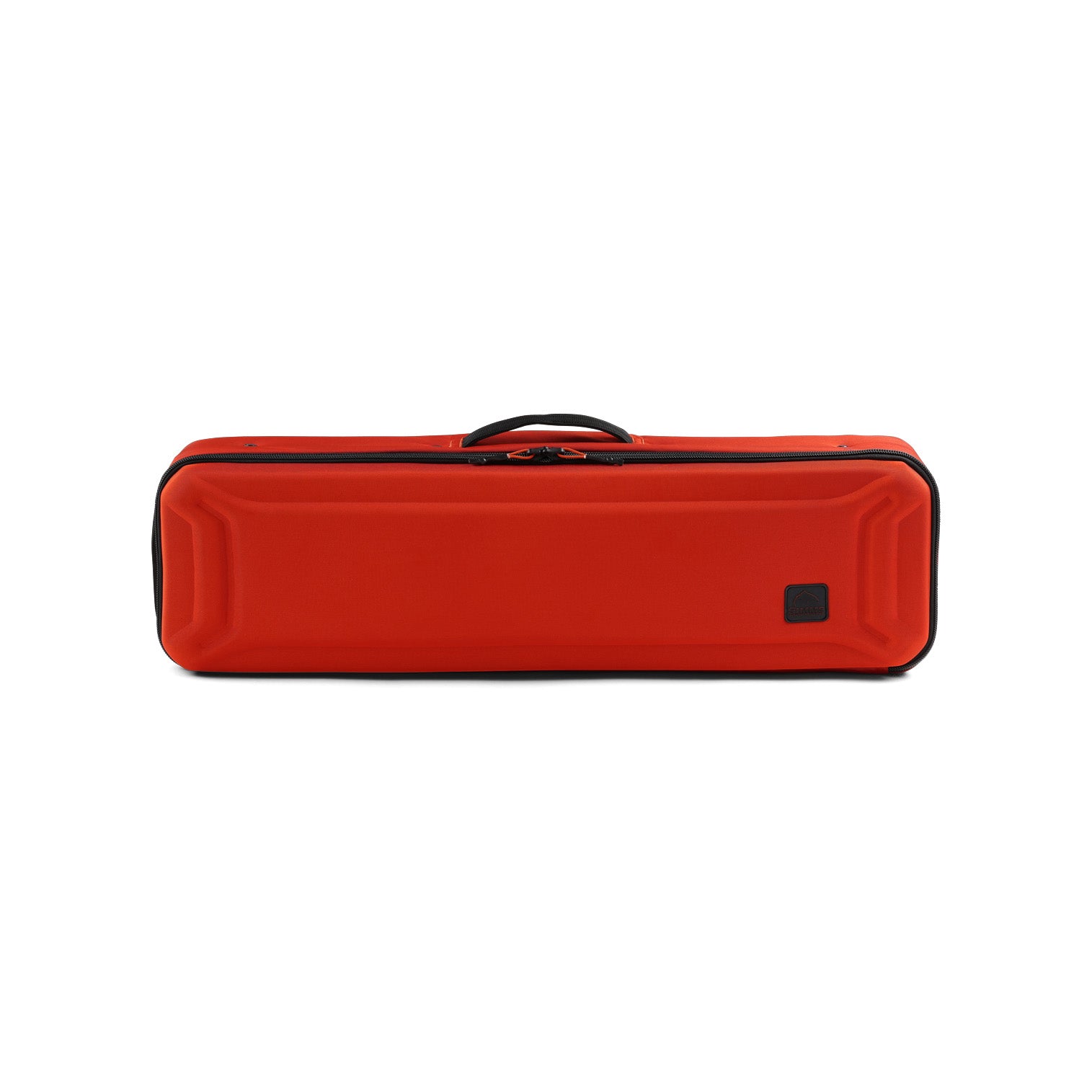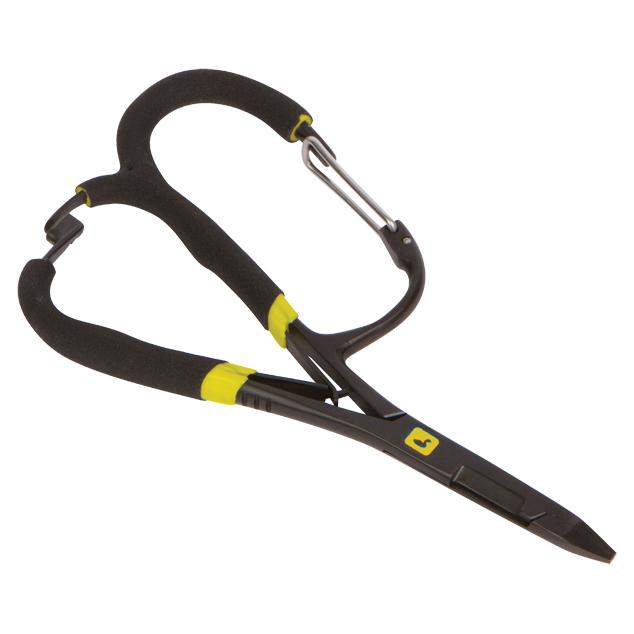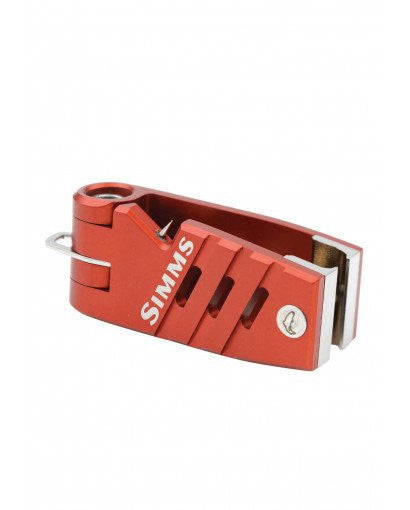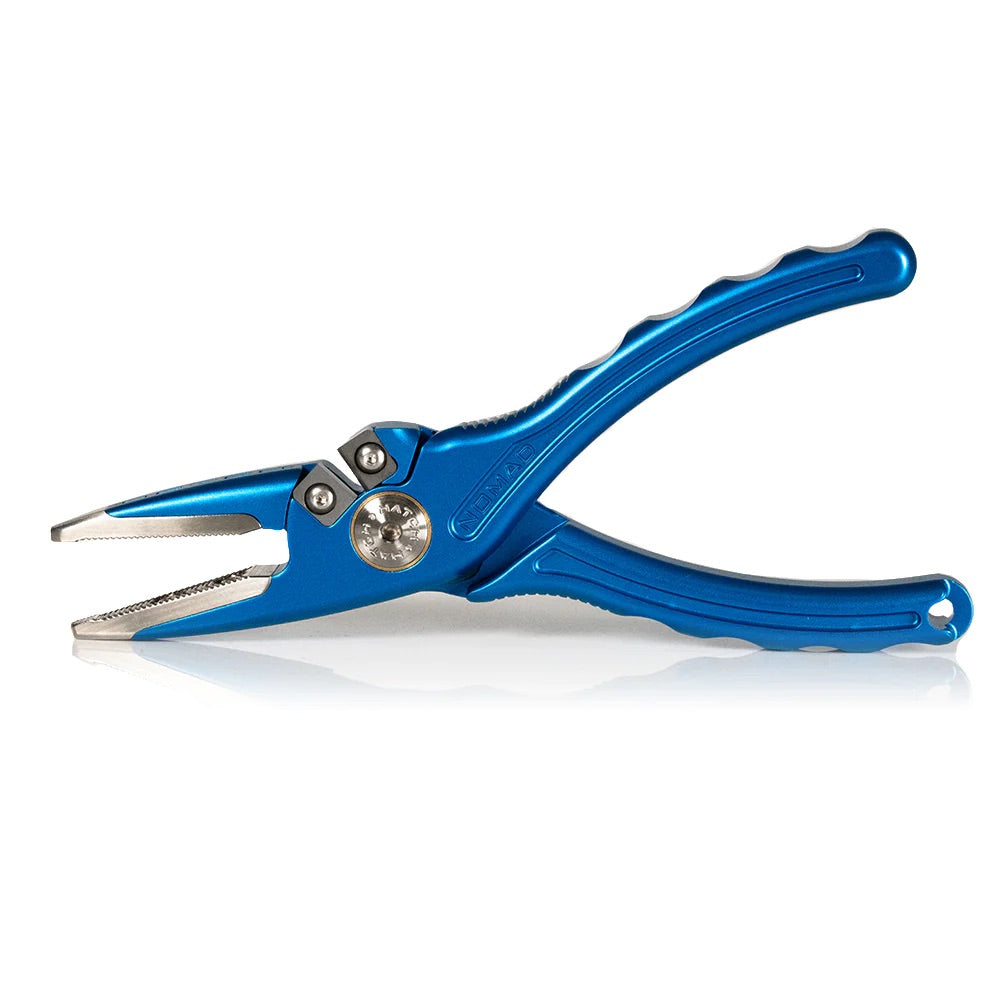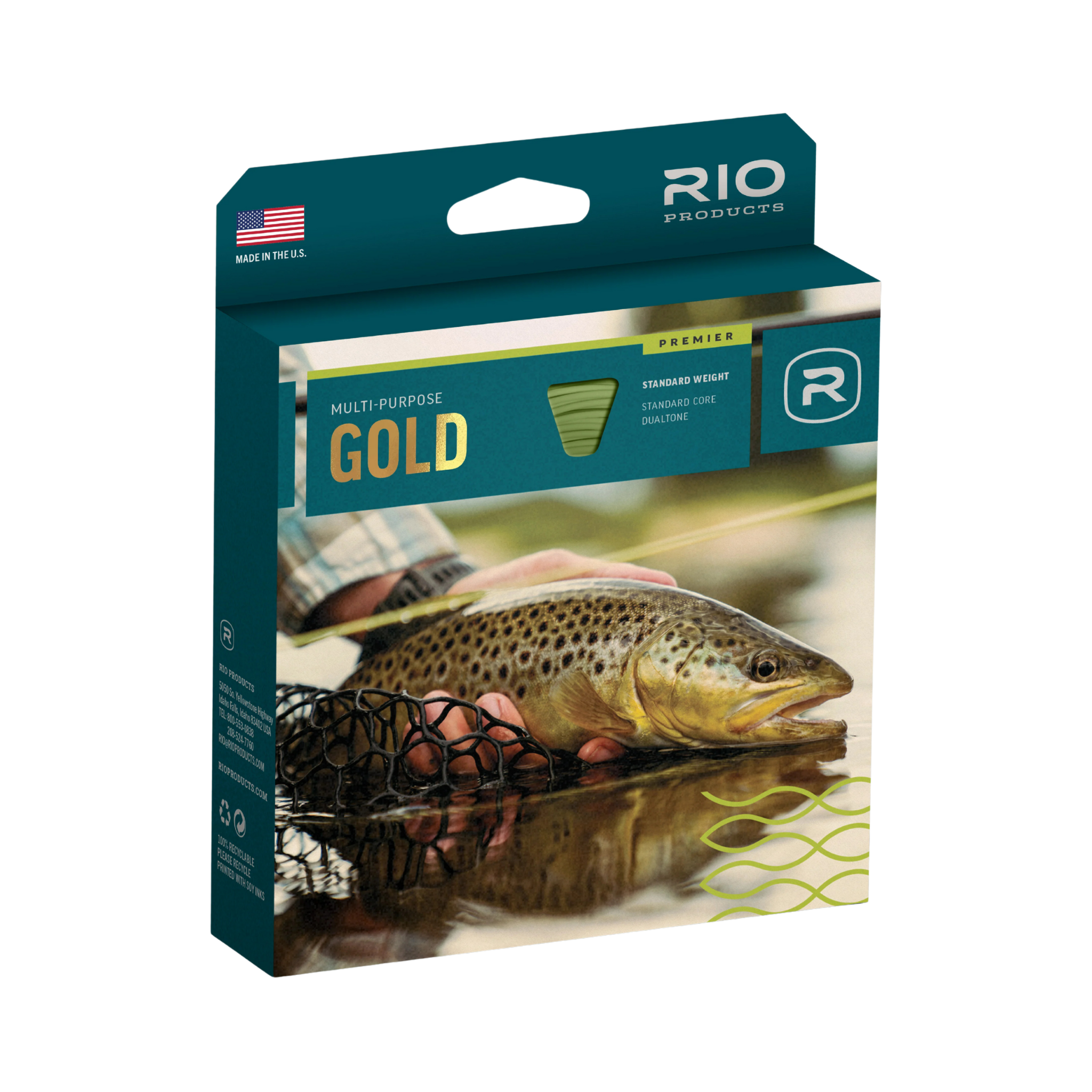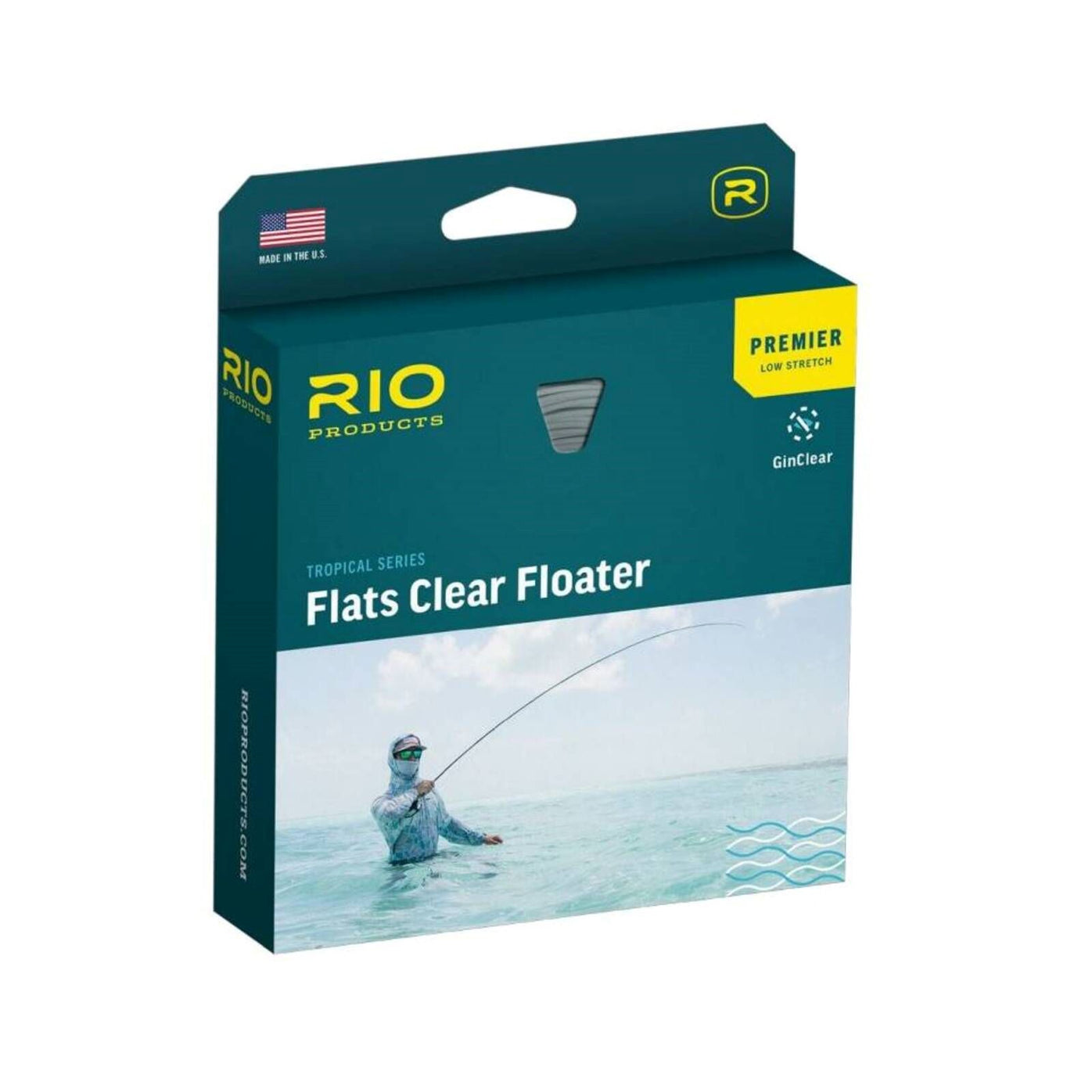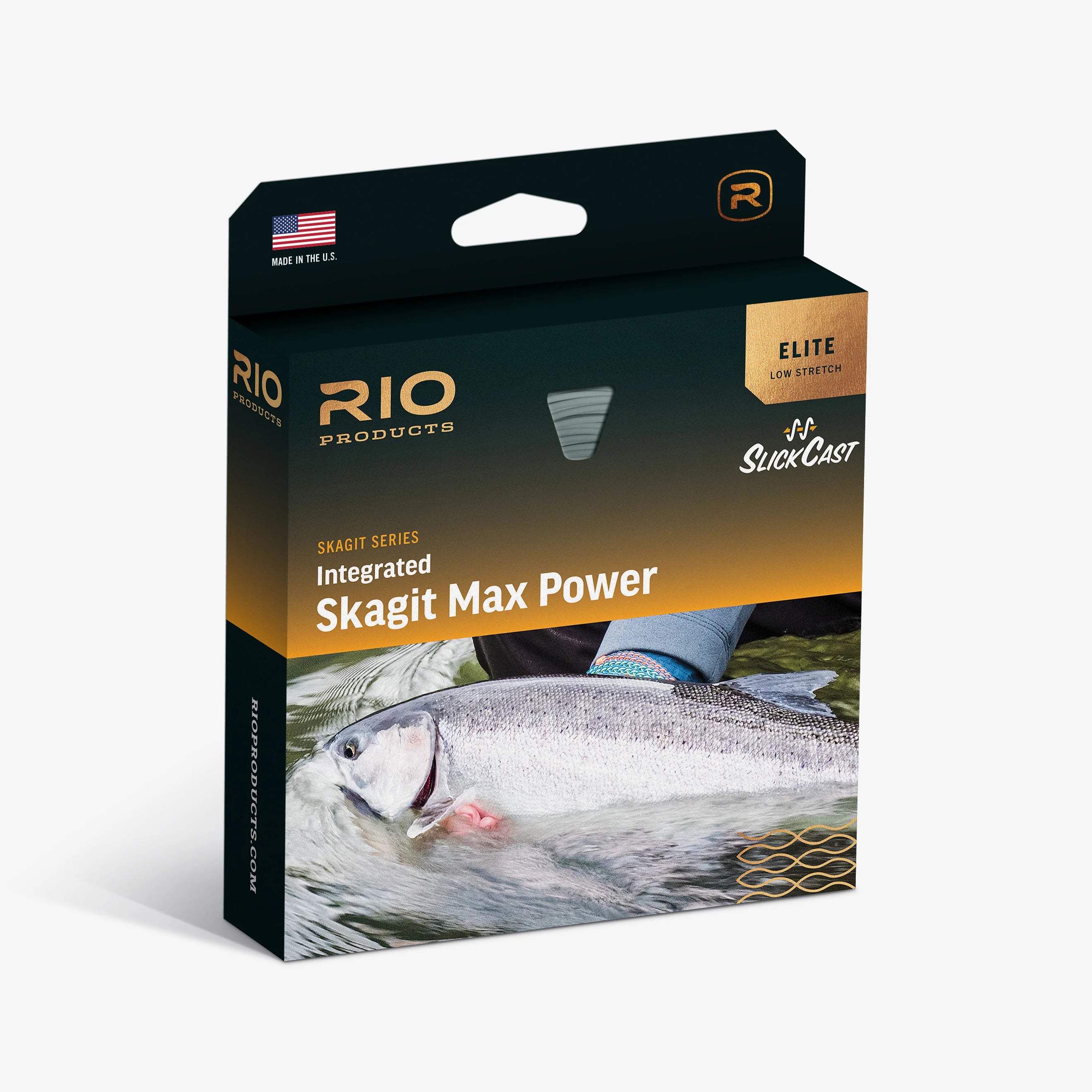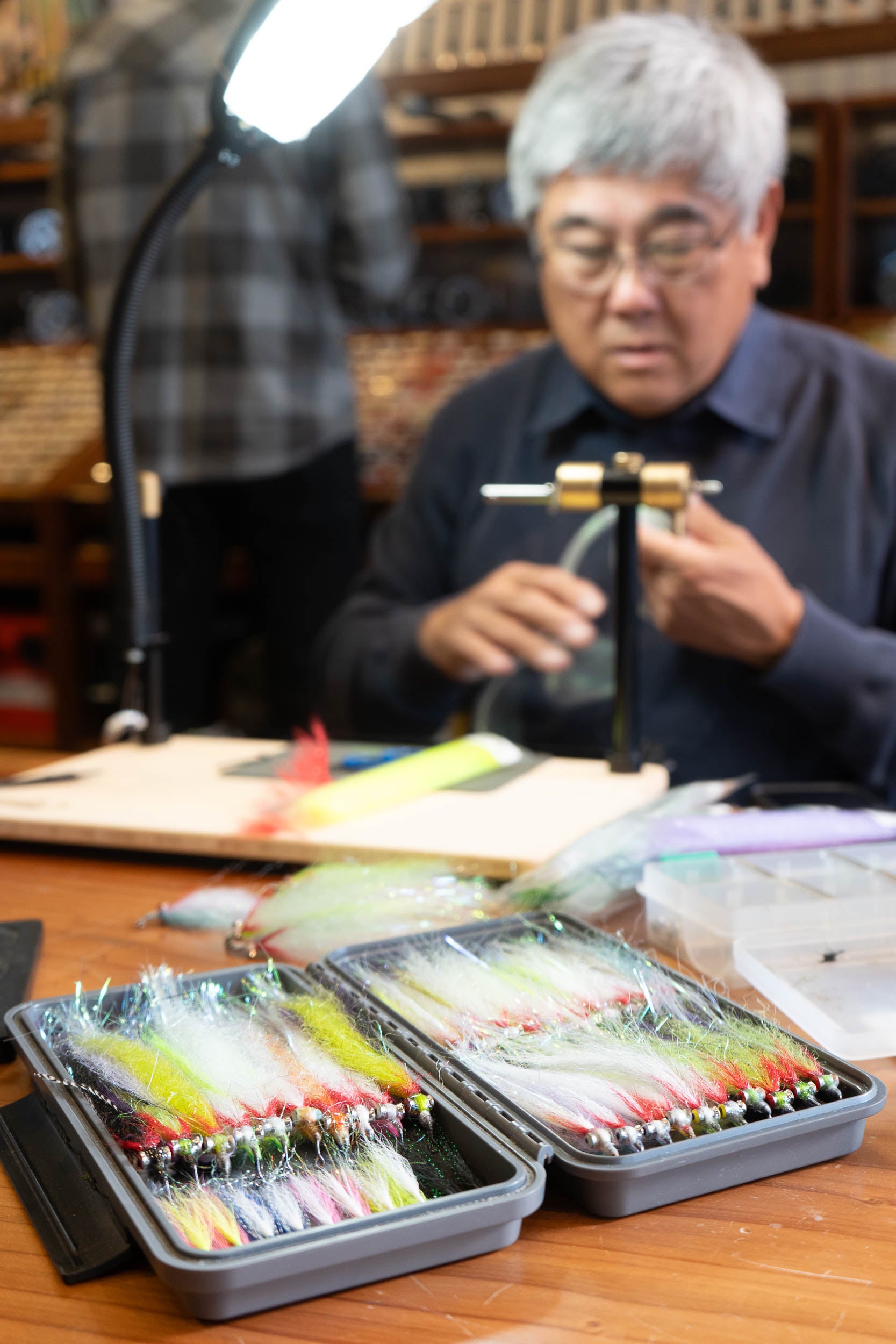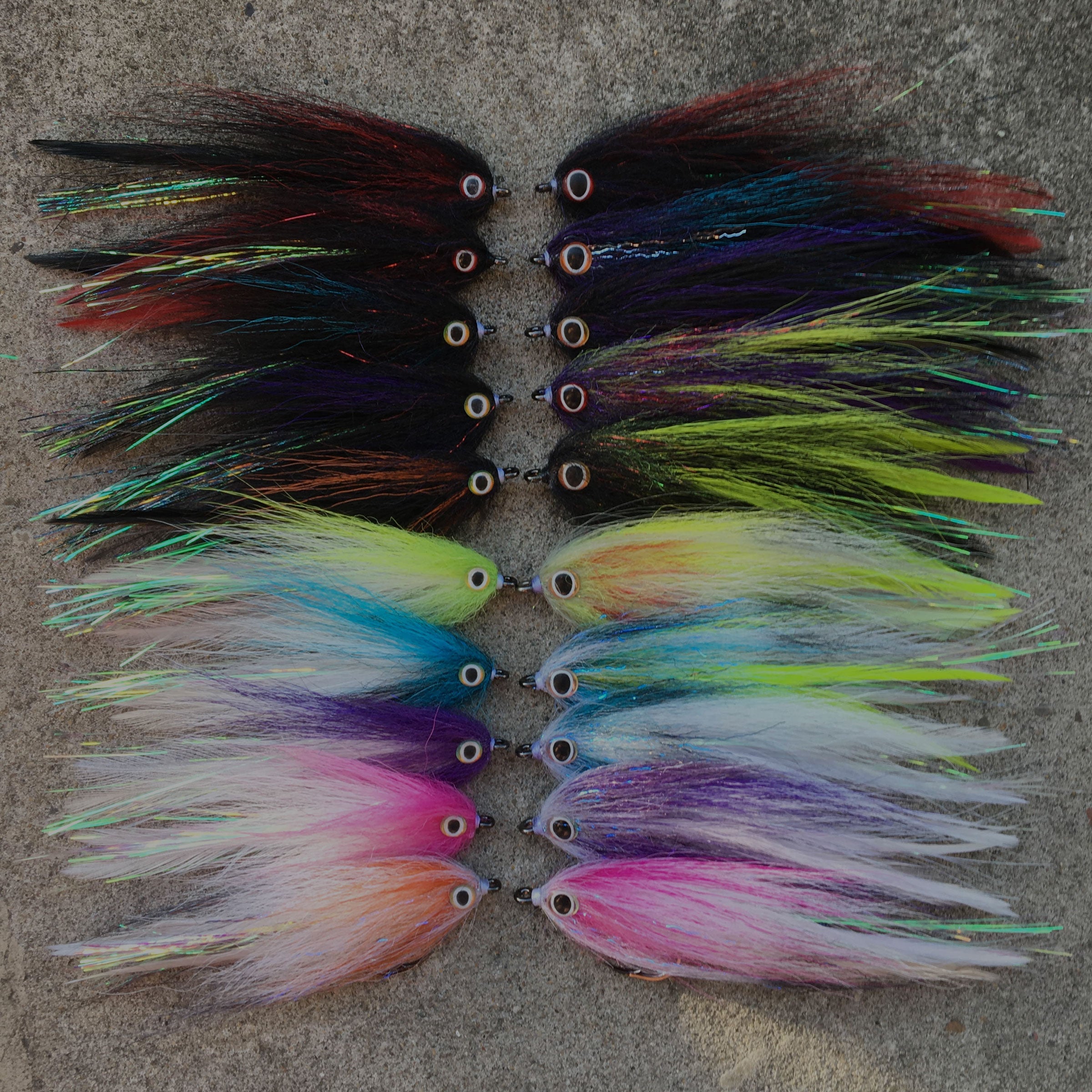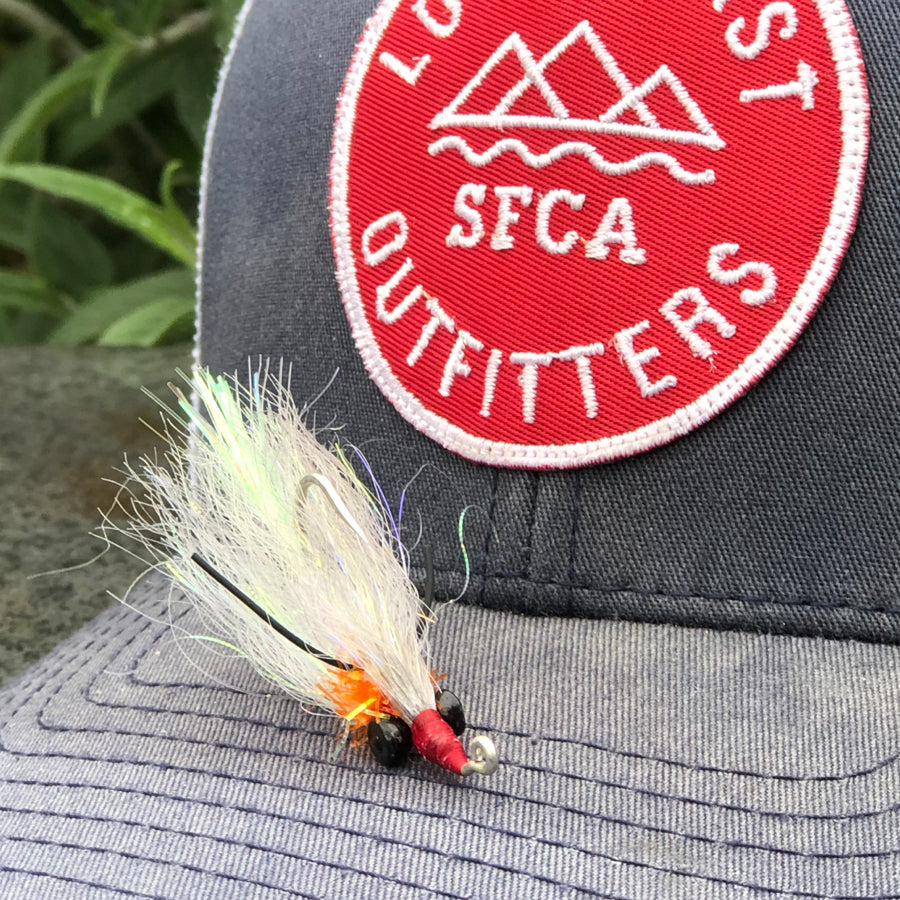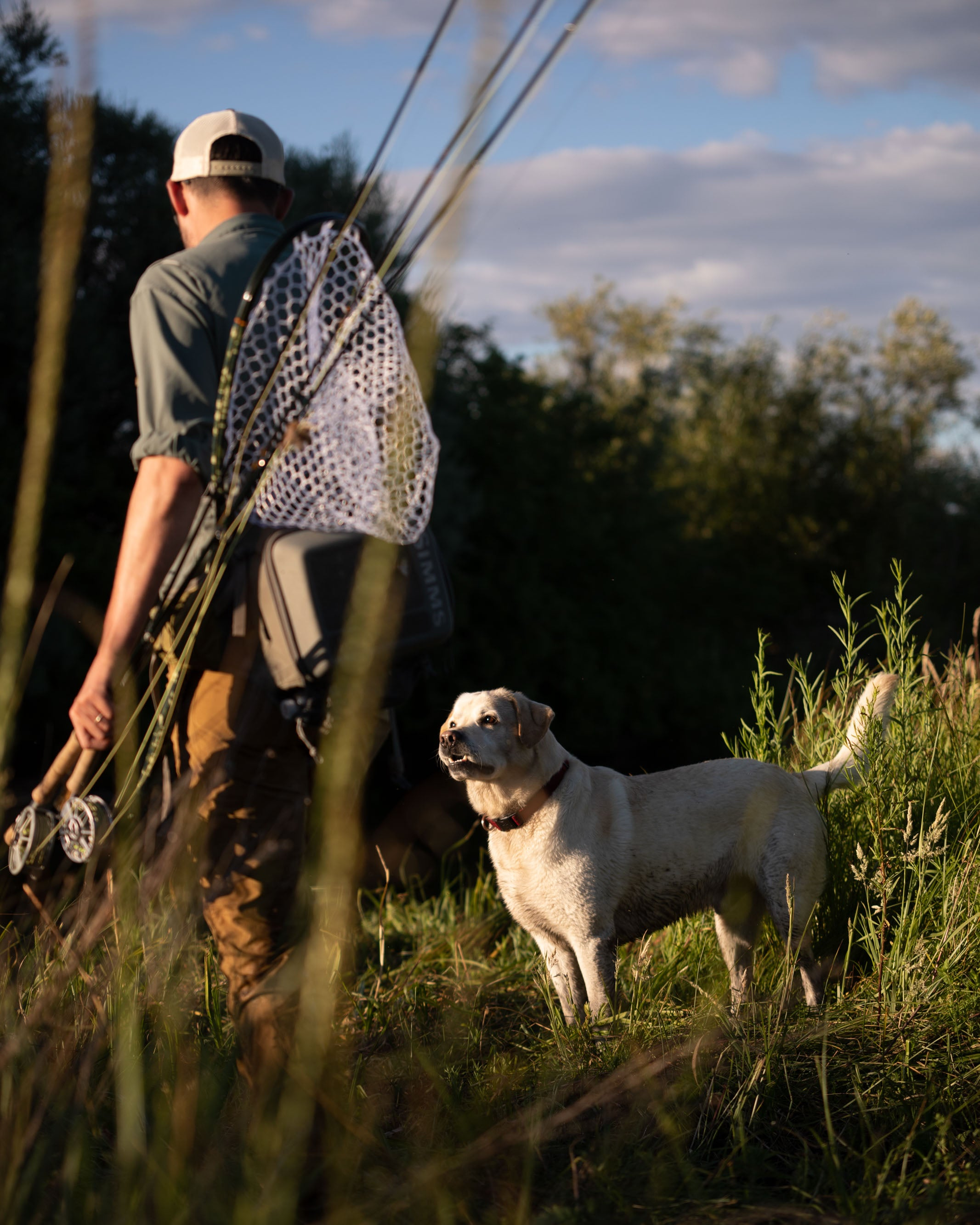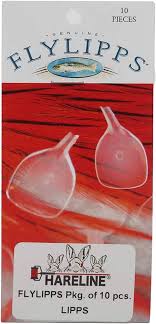
Fly Lipps
Description
Tie a FlyLipp into one of your favorite patterns and watch what happens. Suddenly, your fly swims up, swims down, darts from side-to-side. And the topwater bite? Unheard of. The action produced by FlyLipps is dramatic—and effective.
Features Include:
- Use your favorite loop knot to tie the fly to the tippet
- To prevent line twists, and to ensure proper fly action, we strongly recommend fishing lipped flies with a small (#10) barrel swivel between the tippet and the rest of the leader.
- Lipped flies have plenty of action. Slower retrieves sometimes work better. Experiment
- You can vary the amount of action a fly has by trimming the FlyLipp or tying a fuller/longer tie. Decrease action by trimming the FlyLipp with nail clippers. Try to trim the FlyLipp as symmetrical as possible.
- Many species of fish seem to hit topwater flies just below the surface. After a few quick “pops,” allow the fly to sink and strip a few times swimming the fly just below the surface.
- Since Lipped flies tied ascending style rise more quickly than other flies, they are less likely to get hung on structure or debris near the bottom
- Experiment with floating, intermediate, and sinking lines. For example, topwater flies on an intermediate sinking line can cover the water column more efficiently
- When fishing subsurface patterns using a quick retrieve, decrease the size of the Lipp. This will enable the fly to maintain a subtle fluttering of the “tail” during rapid retrieves.
Pickup available at 540 Jackson St
Usually ready in 1 hour

Fly Lipps
540 Jackson St
540 Jackson St
San Francisco CA 94133
United States
Digital Warehouse
540 Jackson Street
San Francisco CA 94133
United States


Customer Reviews
We pride ourselves on stocking gear that gets the job done season after season. We're here to answer your questions, and our customers are here to share their experiences.

